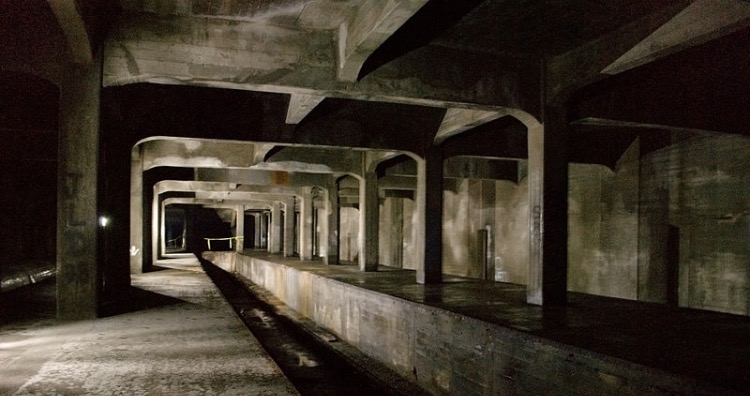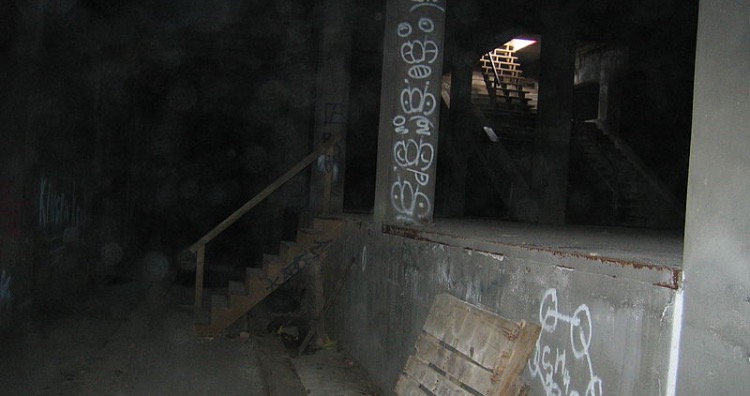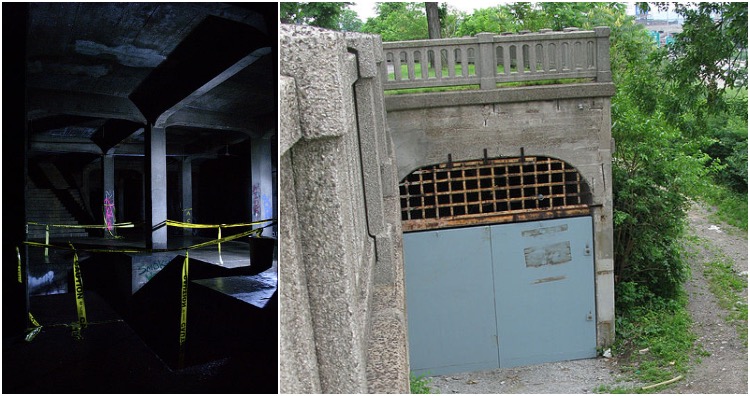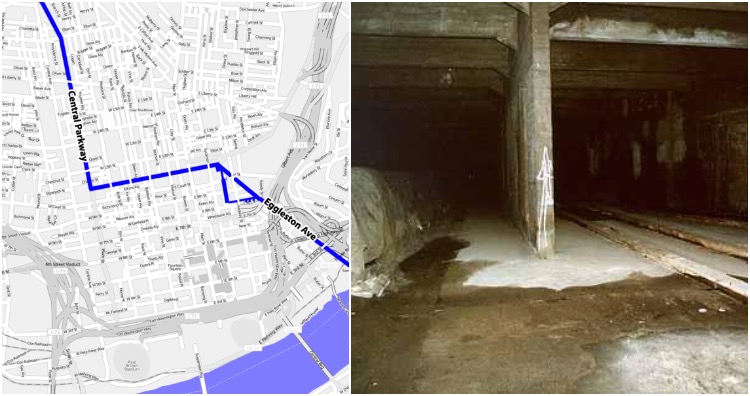In the early 20th-century, the Ohio city of Cincinnati made a decision to upgrade their existing Cincinnati streetcar system. So, they built an entire underground subway system.

In the early 20th-century, underground transport was seen as a solution to reduce congestion on the streets. During that time, Cincinnati was one of the ten largest cities in the United States. They were in dire need of an alternative transport system and decided to build their own underground railway.
The idea was taken from an illustration that appeared in the Cincinnati Graphic in 1884. The illustration depicted old canal beds that had been drained and were becoming a habitat for harmful mosquitoes. These canals were being covered with a working street. This allowed trains to run through the canals, underground. The officials in charge of expanding the Cincinnati streetcar routes were blown away by the illustration. They made a similar proposal for the Miami & Erie Canal, and. before long, the project for the subway was underway.
In 1910, a plan was drawn to construct a 16-mile underground subway system that would loop around the city. $6 million was issued in the form of bonds for the transit line in 1916. More than 80% of Cincinnatians said “yes” to the new railway, and construction began in 1920.

In 1910, the plans for the new transit system were spearheaded by Henry Thomas Hunt. By 1911, the Ohio State Legislature leased out a part of the canal for construction. Experts were hired to research on the best possible design to implement the subway system. The proposed plan was to build a branch going underground and heading downtown. It was supposed to surface at Brighton and Saint Bernard Streets and ran aboveground along the Ohio River.
The City Council authorized the issue of $6 million in bonds with an interest rate of 4.25%. This money was supposed to fund the construction of a 16-mile underground subway system. There was a vote on April 17, 1917, where Cincinnati citizens voted in favor of using the bond money for the transit line. However, as the United States entered into the World War I, work on the transit line was halted as no capital issues of bonds were permitted during the war.
But unfortunately, after 3 years, the work for the subway was abandoned. Escalating costs after the war, political bickering, and the Great Depression were seen as the major causes.

After the war when work commenced again, there was an increase in the price of construction. The original proposed price of $12 million rose to $13 million. So, the construction of a part of the loop had to be canceled because of the rising prices. When it became apparent that the original plan for the transit system had failed, politics entered the scene. There was a lot of fighting among the political parties at City Hall that stalled any new development. Moreover, newspaper articles criticized the small tunnels and tight curves of the subway.
Finally, in January 1929, the mayor discontinued the Rapid Transit Commission in charge of the project. Seasongood, the then mayor, took control of the project. Even though he tried to raise funding for the subway, the Wall Street Crash of 1929 made it impossible. Also, automobiles were getting quite popular and that helped critics to design arguments against the construction of the subway system. Despite these hiccups, people were still holding out hopes that the transit system might begin construction again. Unfortunately, that didn’t happen. World War II and the Great Depression initiated further opposition that ultimately killed the subway. Almost 50 years of construction work and deaths of a few workers proved to be in vain. Also, the debt of $13 million was not paid off until 1966.
Fortunately, the tunnels are still in good condition and aren’t completely closed off to everyone all the time. Cincinnati Advance conducts bi-annual tours of the tunnels. This offers curious adventure seekers and history enthusiasts an opportunity to legally visit America’s longest abandoned subway system.

Even after more than 100 years, the tunnels are in good condition. Experts say that this can be credited to the good quality of construction work done. Another factor that might have contributed to the tunnels being in such good condition is their regular maintenance. Cincinnati is required to maintain the tunnels with tax revenues as the Central Parkway is on top of it. As of 2008, $2.6 million of tax money goes towards the maintenance of the tunnels every year. It was further estimated that it would cost $19 million to fill the tunnels with dirt. Moreover, $100.5 million would be required to revive the tunnels for subway use in the modern day.
Visitors are taken for a tour of the tunnels twice every year. People who have visited the tunnels claim to have witnessed certain supernatural occurrences. They say that you might have an altercation with the ghosts of the workmen who lost their lives during construction. Creepy, right?
There have been numerous unsuccessful attempts over the years to revive the project. Many have also proposed uses for the tunnels such as wine cellars, underground nightclubs, or as a subterranean shopping district. Nothing has been finalized yet, and the tunnels still sit quietly underground, unknown to many passersby above.